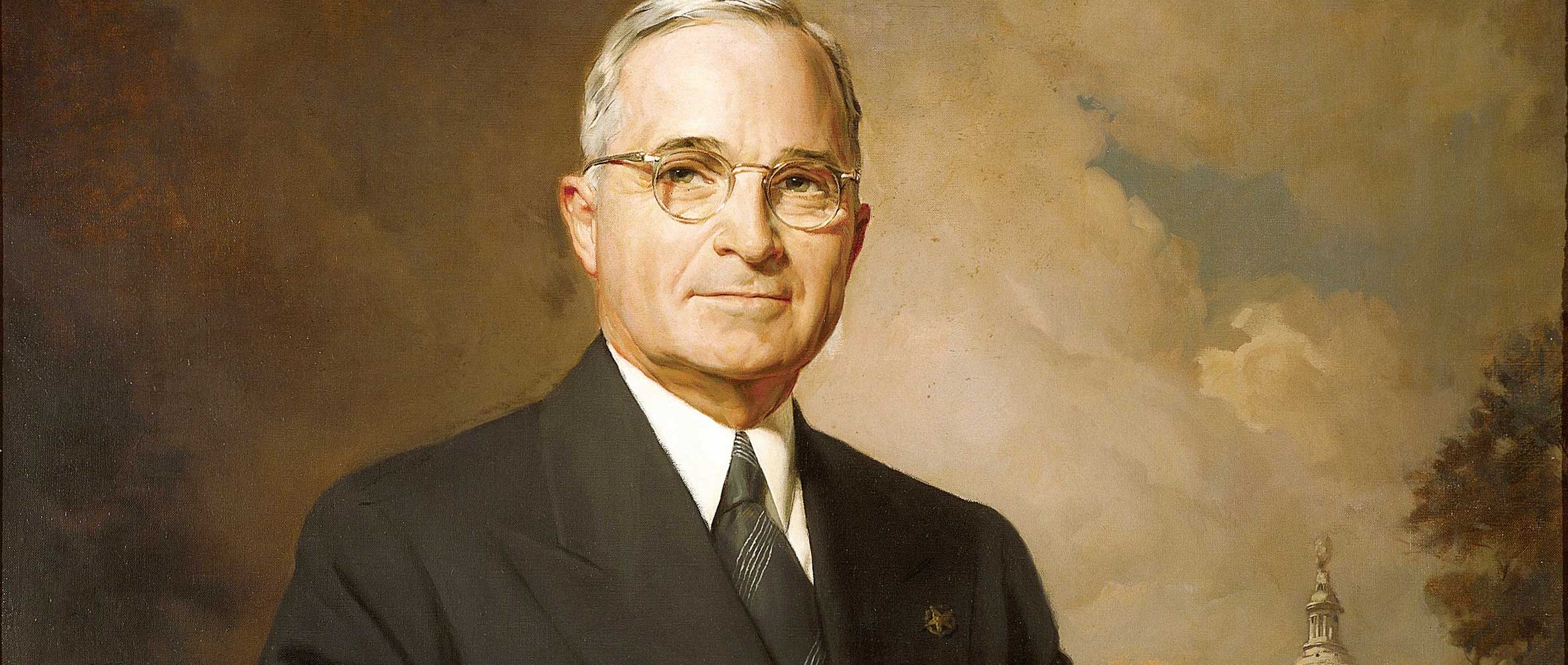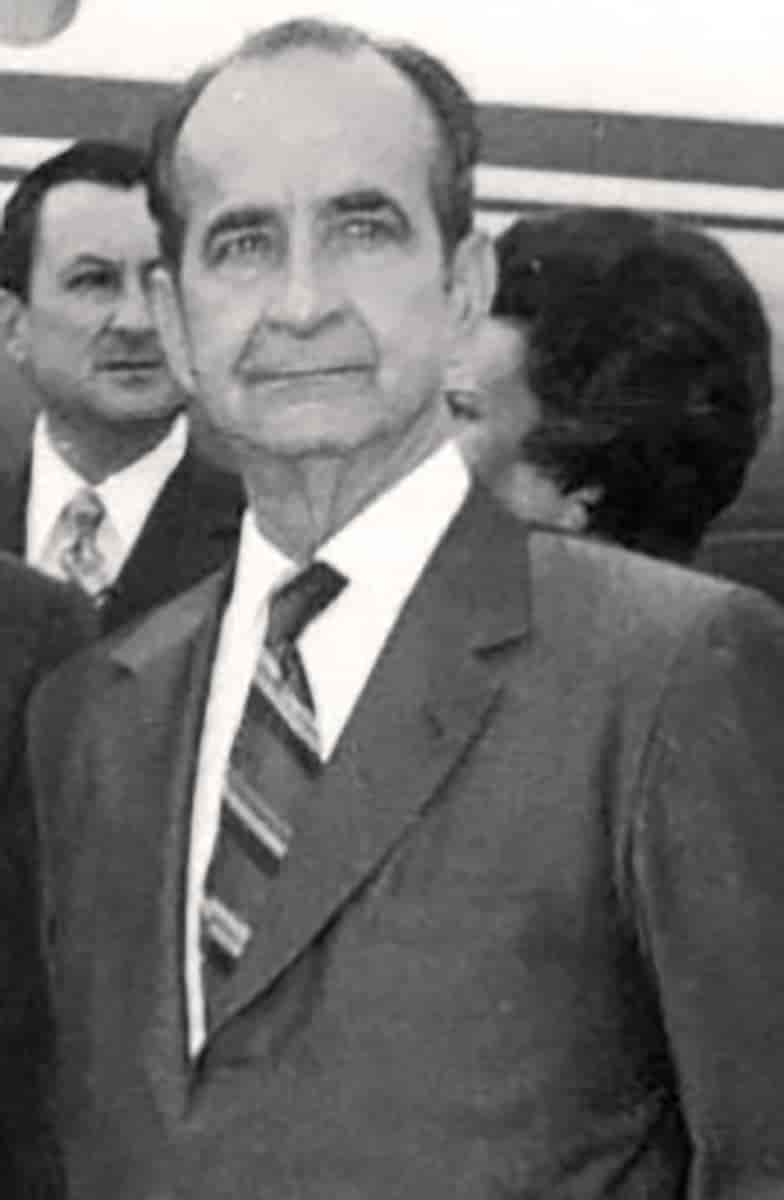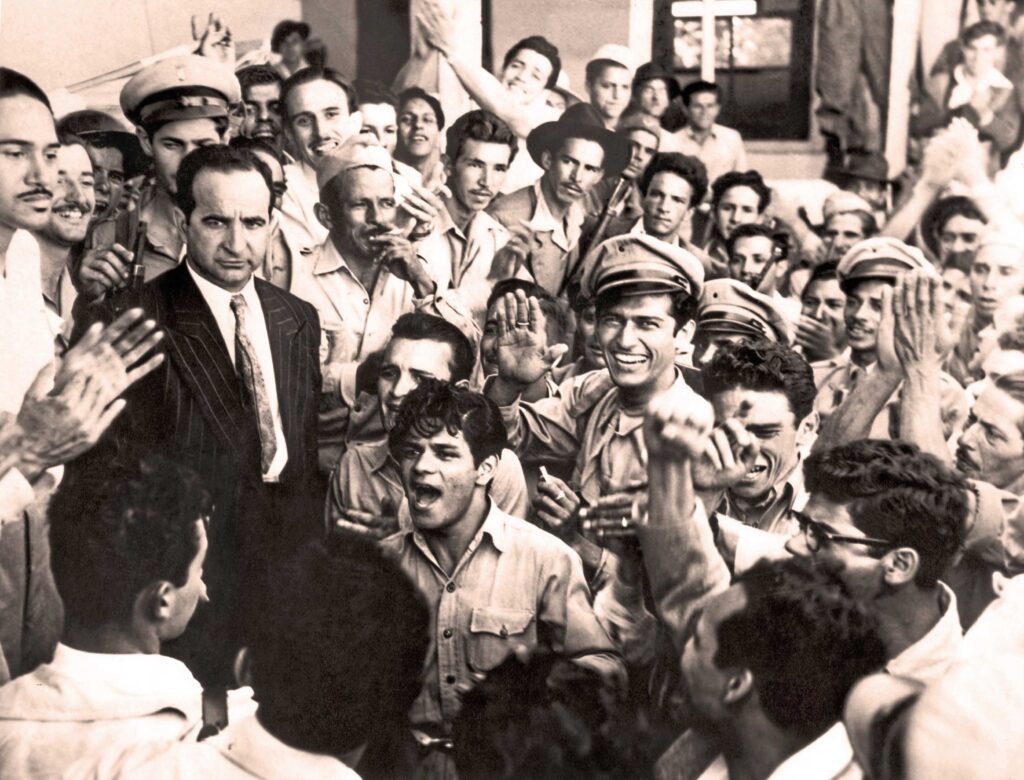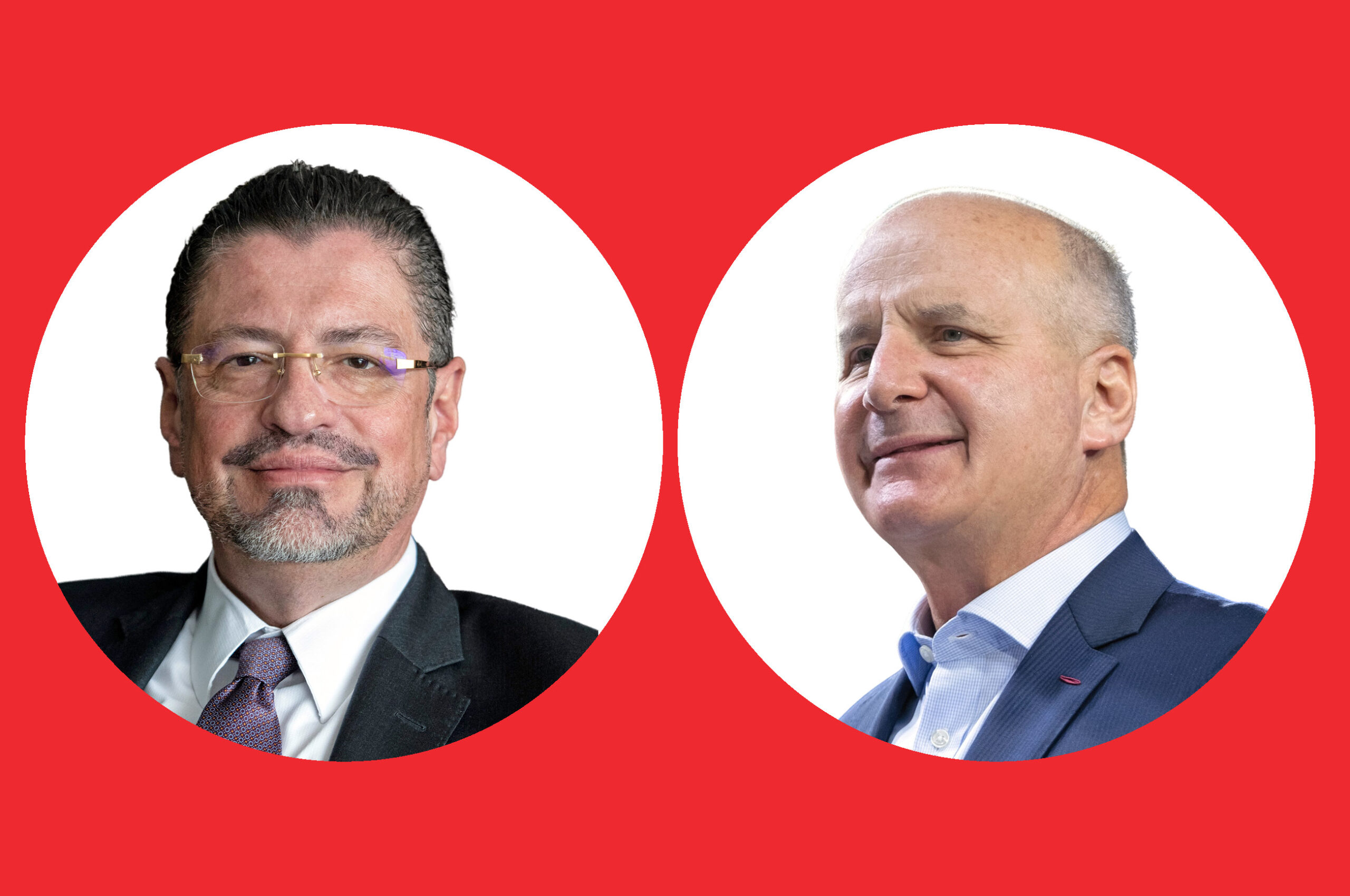
Have you ever contemplated the profound impact that one person can have on the trajectory of an entire nation? A remarkable illustration of this concept is found in the life of **José Figueres Ferrer**. Born on September 25, 1906, in the town of San Ramón, Costa Rica, Figueres emerged as a crucial figure in the annals of Costa Rican history. His leadership and vision were instrumental during a transformative period for the country. Serving multiple terms as president, he championed a series of groundbreaking reforms that not only reshaped the political landscape but also significantly improved the social and economic conditions for the Costa Rican people. Through his dedication to democracy and social justice, Figueres left an indelible mark on the nation, illustrating how the actions of a single individual can resonate through time and inspire future generations. His legacy continues to influence Costa Rica’s identity and values, making him a pivotal character in the story of the nation.
Early Life and Education

Roots in San Ramón
José Figueres Ferrer was born and raised in the quaint town of San Ramón, where he was nurtured in a modest family environment. His upbringing was characterized by a profound commitment to education, which played a pivotal role in shaping his future aspirations and achievements. Figueres recognized the importance of learning early on and pursued higher education with great determination. He attended several esteemed institutions, including universities in both Costa Rica and Mexico. His academic journey culminated at the renowned Massachusetts Institute of Technology (MIT), where he honed his skills and knowledge, preparing him for the challenges that lay ahead.
From Education to Agriculture
Upon completing his studies, Figueres made the decision to return to his homeland, Costa Rica, where he redirected his focus toward the agricultural sector. He became actively involved in coffee planting, a vital industry in the region, and also engaged in the cultivation of cabuya, a type of agave plant that is traditionally used for producing ropes and bags. This hands-on experience in agriculture not only provided him with a livelihood but also significantly influenced his political ideology and the policies he would later advocate for. His understanding of the agricultural landscape and the challenges faced by farmers would become integral to his vision for a more equitable and prosperous society.
Political Awakening and Exile

Criticism of the Calderón Government
In July of 1942, José Figueres Ferrer took a bold stance against the administration of Rafael Angel Calderón Guardia, openly voicing his discontent with the government’s policies and actions. This outspoken criticism did not go unnoticed, and as a result, Figueres was forced into exile in Mexico, where he would remain for a period of two years. This time away from Costa Rica proved to be a pivotal moment in Figueres’ life, as it provided him with the opportunity to deeply reflect on his political ideologies and develop new strategies for his future endeavors in the political arena.
The 1948 Uprising
Upon his return to Costa Rica, Figueres was immediately thrust into the midst of a significant political crisis that was unfolding in the country. Following the electoral defeat of Calderón by Otilio Ulate, the Legislative Assembly took the controversial step of annulling the election results in a desperate attempt to reinstate Calderón to power. In response to this blatant disregard for democratic processes, Figueres, who had been preparing for such a scenario by stockpiling arms, took decisive action by leading an uprising in support of Ulate. This conflict escalated into a two-month-long civil war, which ultimately concluded with a decisive victory for Figueres and his supporters, marking a significant turning point in Costa Rican history.
Establishing a New Order

Writing a New Constitution
In the aftermath of the civil war, a pivotal moment in Costa Rica’s history unfolded as José Figueres and his junta took the significant step of drafting a new constitution. This groundbreaking document not only abolished the military but also extended the right to vote to women, a transformative change that underscored the nation’s commitment to equality and democratic principles. The adoption of this constitution marked a watershed moment for Costa Rica, signaling the dawn of a new era characterized by enhanced democracy and sweeping social reforms. It laid the foundation for a more inclusive society, where the voices of all citizens, regardless of gender, would be heard and valued in the political arena.
Transition of Power
In 1949, a significant transition of power occurred when Figueres formally handed over leadership to Otilio Ulate, who took the reins of the government during a crucial period of national development. Ulate championed the nationalization of essential industries, including banking and insurance, which aimed to strengthen the country’s economy and ensure that resources were managed in the best interest of the populace. Figueres referred to the 1948 uprising as a “revolution of the middle class,” emphasizing the vital role that ordinary citizens played in this transformative period. This uprising not only reshaped the political landscape but also empowered the middle class to actively participate in the governance and future direction of the nation, fostering a sense of ownership and responsibility among the populace.
Presidency and Reforms

First Presidential Term (1953-1958)
Figueres was elected president in 1953 by a landslide victory. He pledged to follow a pro-United States policy and implemented numerous social and economic reforms. His administration focused on improving education, healthcare, and infrastructure, laying the groundwork for modern Costa Rica.
Facing External Threats
In 1955, an invasion force crossed the border from Nicaragua, threatening Costa Rican sovereignty. Figueres appealed to the Organization of American States (OAS) for assistance, and with support from the United States, Costa Rica successfully repelled the invasion. This incident solidified Figueres’s reputation as a strong leader committed to national security.
International Engagement and Influence

Work with the United Nations
After his first term, Figueres worked with several UN agencies and served as a visiting professor at prestigious universities, including Harvard and the State University of New York. His international experience broadened his perspective and influence in global politics.
Support for Democratic Movements
Figueres became a symbol of the “democratic left” in Latin America, advocating for democracy and opposing dictatorship. He was an admirer of John F. Kennedy and supported the Alliance for Progress, a U.S. initiative aimed at fostering economic development in Latin America.
Controversies and Second Term

Second Presidential Term (1970-1974)
Figueres’s second term was marked by controversy, particularly due to his invitation to fugitive U.S. financier Robert Vesco to live and invest in Costa Rica. This decision raised eyebrows and sparked debates about ethics in governance.
Opening Relations with the Soviet Union
Figueres was one of the first Latin American leaders to establish diplomatic relations with the Soviet Union. He also advocated for the reintegration of Fidel Castro’s Cuba into the OAS, showcasing his willingness to engage with diverse political ideologies.
Legacy and Impact

Support for the Sandinistas
After leaving the presidency, Figueres continued to influence regional politics by supporting the Sandinistas in Nicaragua against the Somoza dynasty. His commitment to social justice and democracy resonated throughout Central America.
Figueres’s Enduring Legacy
José Figueres Ferrer passed away on June 8, 1990, but his legacy lives on. His reforms and leadership helped shape modern Costa Rica into a stable democracy with a strong emphasis on social welfare. Today, he is remembered as a champion of the people and a key architect of Costa Rican identity.

In a world where political leaders often come and go, Figueres’s impact remains significant. His journey from a humble upbringing to the presidency is a testament to the power of determination and vision. As we reflect on his life, we can appreciate the profound changes he brought to Costa Rica and the inspiration he continues to provide for future generations.
| Year | Event |
|---|---|
| 1906 | Born in San Ramón, Costa Rica |
| 1942 | Exiled to Mexico |
| 1948 | Led uprising supporting Otilio Ulate |
| 1949 | New constitution established |
| 1953-1958 | First presidential term |
| 1970-1974 | Second presidential term |
| 1990 | Died in San José, Costa Rica |

